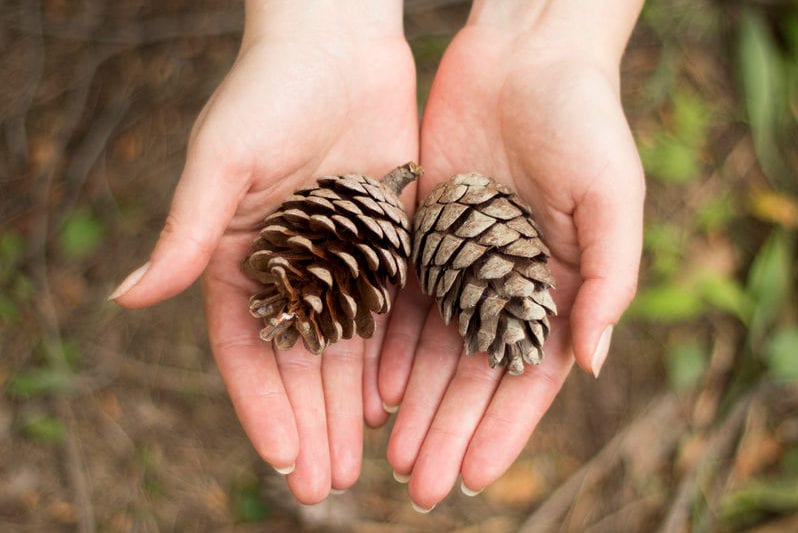BURLINGTON, VT – Enter the profession of wilderness medicine – every closeted survivalist’s dream come true and a quaint throwback to an era where it was socially acceptable to drink pine tar and turpentine to treat asthma. Now, six months after the inauguration of the new Vermont-based program, educators and students of the founding class offer to share their experiences.
“We try to be as hands-on with our residents as possible,” notes Dr. Markowitz, fanatic abseiler and Associate Dean of the budding program. “That’s why we strip our residents of all their cellphones and clothes, and then drop them off a helicopter in the middle of the Green Mountains with nothing but a half-eaten candle, four Steri-Strips and a G-tube for orientation.”
With such rigorous training, it should be no surprise that acceptance to the program is highly competitive. The average USMLE Step 1 score for matriculates this year was 245 with a standard deviation of ten points. In addition to strong academic performance, applicants are notably and horrifyingly diverse in their backgrounds outside of medical school. Many have had previous experiences with mountaineering and ski rescue patrol, and approximately 80% of the freshman class has also had rabies.
At its core, however, the class mentality is more about creativity than competitiveness. Instead of pagers, for instance, residents are encouraged to use low-register bird whistles to communicate remotely with each other. Long distance consult calls are made using secure carrier pigeons, and if those pigeons are eaten or shot, secure smoke signals are used instead. “When the forest is your hospital, or say, a 5 million-year-old cave sealed off by an avalanche is your NICU, sometimes you have to think outside of the box,” explains PGY-1 Tate Williams.
Fellow resident Michaela Hansen agrees. “I once used a conch shell as a makeshift stethoscope,” says Michaela. “In addition to hearing the ocean, I was also able to hear a 2/5 systolic heart murmur.”
The futures of these new physicians looks bright, if not a little treacherous. “Based on current testing estimates and student feedback, we anticipate a 100% retention rate, but an 85% survival rate,” explains Dean Markowitz. “Unfortunately, there will always be those one to two students who inexplicably vanish during our Deep Sea Cave Pain Management rotation.”
Residency applications for the new wilderness medicine rotation can be submitted via the Electronic Residency Application Service (ERAS).







